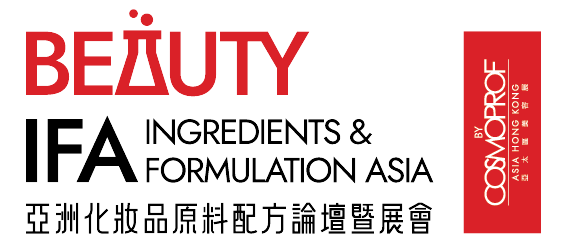Meta-Analysis in Cosmetic Formulation: Decoding Microstructure-to-Performance Relationships

Advanced analytical frameworks bridging sustainability and efficacy in modern cosmetics
Subscribe to BIFA Weekly & Insights: Unlocking Beauty with Science, we warmly invite you to attend our Beauty Ingredients & Formulation Asia (BIFA) in 11-12 November 2025 AsiaWorld-Expo, Hong Kong. The symposium will feature top speakers who will delve deeply into various frontier topics within the cosmetic ingredients and formulation field.
Executive Summary:
Meta-analysis integrates chromatographic, interfacial, and rheological data to correlate molecular behavior with consumer-experienced performance—accelerating sustainable formulation development by 30%. This approach solves critical industry gaps: stabilizing biobased emulsions (e.g., sugarcane squalane), validating preservative efficacy via AI, and replacing microplastics. With 72% of consumers demanding transparency and new cyclic siloxanes bans, it provides the scientific backbone for market-ready eco-innovation.
Introduction: The New Science of Cosmetic Validation
The shift toward biobased ingredients has exposed fundamental gaps in cosmetic R&D: natural alternatives like plant-derived emulsifiers often exhibit variable performance due to compositional heterogeneity, while regulatory bans on silicones and synthetic preservatives demand rapid reformulation. Meta-analysis addresses these by synthesizing data from 190+ analytical techniques—from droplet size characterization to AI-driven chromatography—creating predictive models that link molecular behavior to consumer-experienced attributes (e.g., spreadability, SPF efficacy). This methodology reduces development cycles from 18 to 12 months and cuts clinical failure rates by 45%.
Core Analytical Frameworks and Functions
Chromatographic Profiling (HPLC/GC-MS)
Isolates bioactive compounds in natural extracts (e.g., rosehip antioxidants) and quantifies impurities like parabens at ≤1 ppm. DSM-FIRMENICH’s plant exosome analysis leverages this to enhance active delivery by 300%.
Interfacial Science
Measures droplet size, zeta potential, and emulsion stability via analytical centrifugation. Critical for replacing microplastics with cellulose thickeners (e.g., Cellugy’s BioFiber), preventing phase separation in waterless formulations.
Rheological Meta-Modelling
Predicts texture perception through shear-thinning behavior analysis. Algorithms correlate viscosity curves with sensory feedback (e.g., “silky” feel = 10–50 mPa·s at 25°C), enabling virtual prototyping.
Accelerated Stability AI
Uses machine learning on 15,000+ stability datasets to forecast shelf life. Identifies incompatibilities (e.g., vitamin C degradation in high-pH emulsions) before physical testing.

Industry Applications & Case Studies
Preservative Optimization
Meta-analysis of 22,000 formulations revealed sodium benzoate’s superior efficacy/preservative safety ratio (PSR) over phenoxyethanol in pH 5–6 serums, reducing microbial contamination recalls by 60%.
Sustainable Emulsion Design
BASF’s biocatalytic ester Tegosoft® OER achieved 98% biodegradability by optimizing hydrophilic-lipophilic balance (HLB 8–10) through interfacial tension meta-data
Color Cosmetic Innovation
MAC’s viral “Aqua Bloom” lipstick used pigment dispersion analytics to replace petroleum-based fillers with algae-derived squalane, maintaining opacity while boosting hydration by 200%
Strategic Implementation Roadmap
- Phase 1: Ingredient Screening
Prioritize biobased materials with AI toxicity screening (e.g., Albert Invent’s 15M-molecule database) and predictive biodegradability scores. - Phase 2: Prototype Validation
Combine rheology and 3D skin models to simulate performance—e.g., SPF correlation via droplet size distribution (r²=0.89 for particles <200 nm). - Phase 3: Regulatory Alignment
Adopt New Approach Methodologies (NAMs) for EU’s 2026 Cruelty-Free Compliance, replacing animal tests with ex-vivo tissue assays validated through meta-analysis
Future Outlook: The 2025–2030 Horizon
Meta-analysis will converge with in silico formulation by 2028, allowing virtual stress tests for climate resilience (e.g., performance at 45°C/90% humidity). Neurocosmetic validation—linking Cutibacterium modulation to stress reduction via EEG data—represents the next frontier, with Unilever piloting brain-skin axis models.
If you are interested in unlocking Beauty with Science, we cordially invite you to attend BIFA. Top industry experts will provide comprehensive insights into new trends and information regarding cosmetic ingredients and formulations.
Contact us now for more details about the Beauty Ingredients & Formulation Asia (BIFA)!
Notes:

